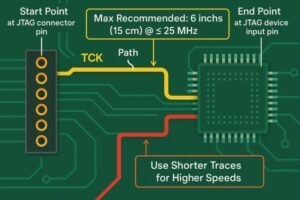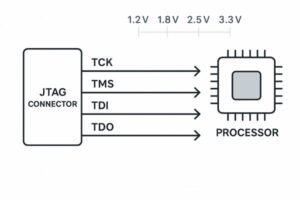
What are the differences between Tg 150 and Tg 170?
Choosing the right PCB material feels complicated. You see terms like Tg 150 and Tg 170, but what’s the real difference? Pick the wrong one, and your board could fail during assembly or in the field.














